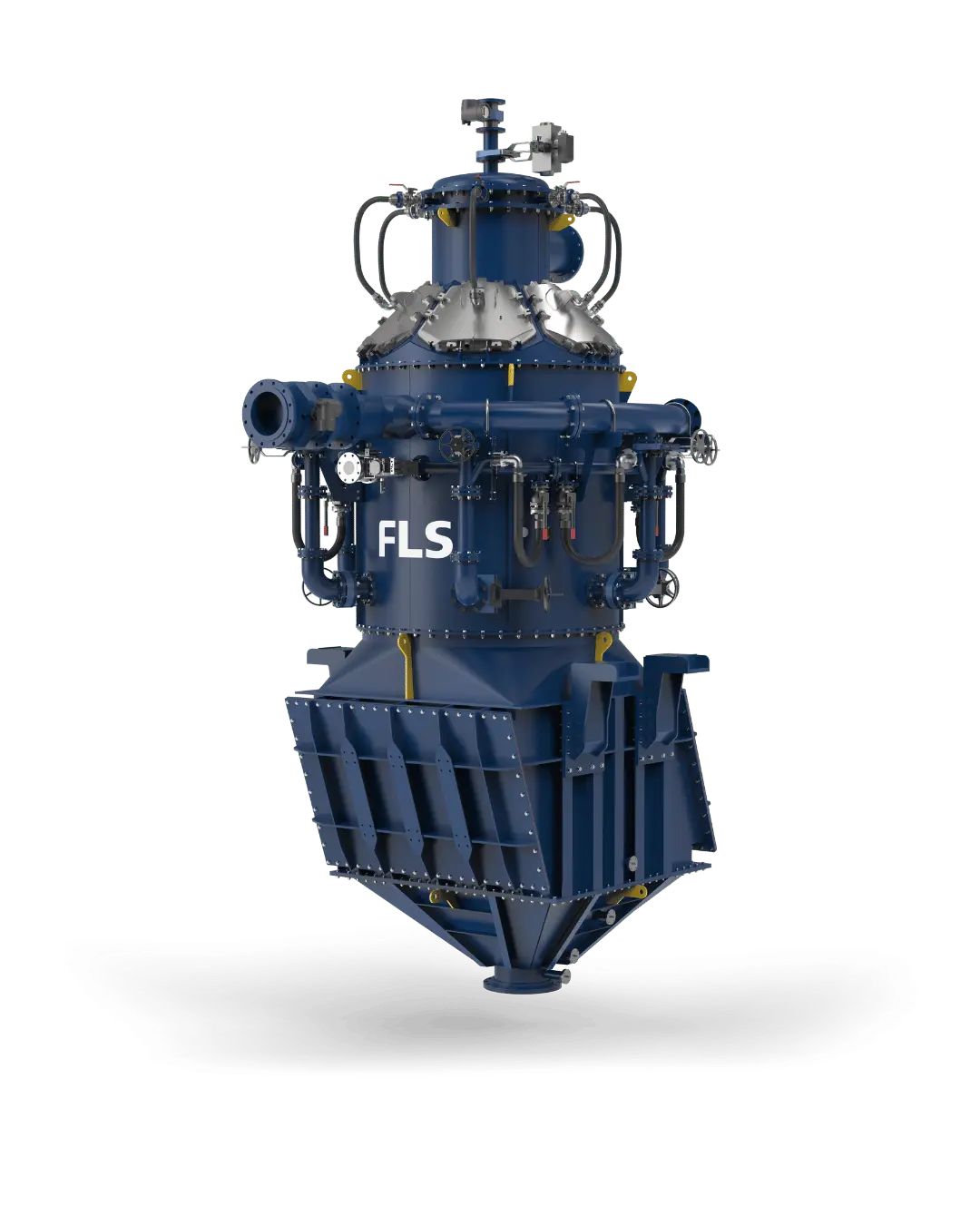Following successful pilot testing at BHP’s Carrapateena copper operation in South Australia, FLSmidth says it is set to supply a full-scale (RFC) island to the mine to enhance copper concentrate grade and recovery.
Carrapateena is an underground copper, gold and silver mine located on Kokatha Country in the Gawler Craton, South Australia, approximately 180 kilometres by road southeast of Olympic Dam and 160 kilometres north of Port Augusta. Underground mining at Carrapateena is by sub-level caving. Conventional crushing, grinding and flotation produces copper concentrate.
FLS says the REFLUX Flotation Cell (RFC
Flotation Cell (RFC ) radically alters perceptions of froth flotation performance. It operates at extreme levels of gas and feed flux, and fluidisation wash water to deliver up to tenfold higher throughput, with enhanced grade and recovery, all with a smaller plant footprint.
) radically alters perceptions of froth flotation performance. It operates at extreme levels of gas and feed flux, and fluidisation wash water to deliver up to tenfold higher throughput, with enhanced grade and recovery, all with a smaller plant footprint.
It adds: “The RFC provides faster flotation kinetics compared to conventional open tank technology, maximising recovery rates while allowing a reduction in the necessary flotation cell volume or footprint. A single, full-scale REFLUX Flotation Cell may thus effectively replace up to ten traditional flotation cells, significantly reducing flotation plant CAPEX requirements.”
The RFC can be used for rougher, scavenger, and cleaner flotation applications, and for tailings reprocessing. Due to its high-capacity and low footprint, it is also easy to add into existing flotation systems as a flexible and lower-CAPEX solution to increase capacity and optimise flotation performance.
It delivers higher product recovery and improved product grade than conventional open tank technologies through its unique design that improves the hydrodynamics of flotation. By reducing power (up to 60%), air (up to 80%), and wash water consumption (up to 50%) – as well as simplifying maintenance, the REFLUX Flotation Cell significantly lowers operating costs of flotation plants.
The high-sheer pre-contacting spargers and inclined channels allow operation under air-flooded conditions, delivering high operational gas flux rates while reducing bubble size. This increases the available bubble surface area flux by a factor of four compared to traditional flotation cells, significantly increasing collision and attachment rates. Contact between bubbles and floatable materials occurs in a high shear rate environment, elevating recovery rates. Recoveries are further enhanced by eliminating operation with a designated froth-pulp interface. Finally, the application of fluidisation water delivers highly effective counter-current washing and gangue rejection, producing a high-grade product.
The post BHP Carrapateena to deploy FLS REFLUX™ Flotation Cell island appeared first on International Mining.

